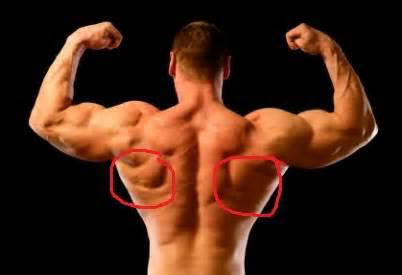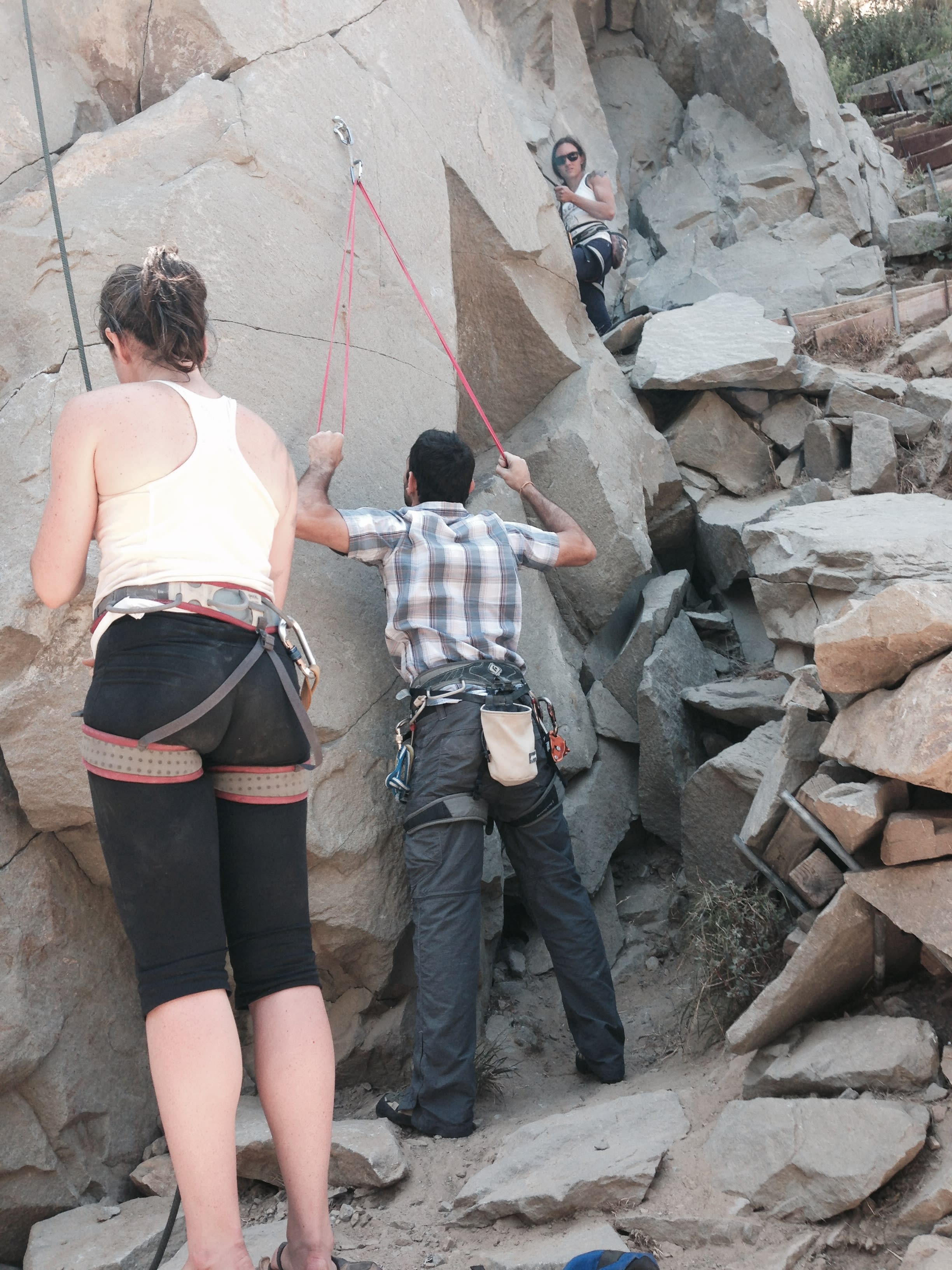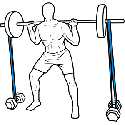Climbing is one of the most physically intense activities that you can do. Using your own strength to hoist your way up a mountain works your ENTIRE body. No matter whether you’re rock climbing in your local gym or hitting the mountains, every move both up and down the rocks will require your muscles to go into overdrive.
Lats and Back

Your lats are the primary muscles used to extend your shoulders. These muscles are located on the sides of your back and attach way up to your humerus. When you’re dragging yourself up and down a slope, its your lats that are responsible for hoisting your entire body up. While your lats are your most responsible back muscles, the rest of your back is working killer hard too. Climbing also engages your rhomboids, trapezius and anterior deltoids.
Forearms
When you’re climbing, your hands and fingers are responsible for carrying your entire body weight as you use your grip to climb up. The muscles responsible for the gripping and holding actions are located in your forearm. The flexor carpi ulnaris, flexor digitorum superficialis, flexor carpi radialis, flexor pollicis longus and flexor digitorum all coordinate to give yourself the strength to grip and lift. These are all located in your forearm, making climbing a super challenging workout for muscles that don’t get worked out in other conventional exercises like running.
Biceps

Want some killer guns? Climbing will help you get them. During rock climbing your biceps will be under some serious strain as they help to get your body weight up. However, if you’re not careful and climb correctly your biceps are prone to exhaustion and strain.
Abs

Remember how i said your biceps might get overworked? Your abdominals play a key role in keeping your body weight balanced, so as to help out the rest of the muscles in your body. The abdominals act as stabilizers and remain in isometric contraction to keep the pelvis in line with your chest. This will help to carry the immense load that is your weight and help to prevent injury.
Legs

No need for leg day, climbing is garanteed to get your legs going hard core. Your quads, inner thighs, and calves will all be working their hardest as you make it to the top!
However, while we wholly recommend climbing as an effective workout, its extremely dangerous if not done properly. That means you should have supervision when you’re starting out so that you learn the ropes properly. It also means that your muscles need to adequately support your body weight. That’s why we are bringing you an exercise that you can do with your Rubberbanditz bands to help strengthen your some of the muscles needed for climbing. Acting as rock climbing bands, the exercise bands will help to strengthen your lats, one of the MOST IMPORTANT MUSCLES needed to climb.
Rock Climbing Bands Lats Exercise:
 A great way to warm up your upper body before hopping on a route would be to attach a band to an overhead anchor point. A carabiner or draw make great anchor points. From here you can pull your climbing bands bands down towards your head, shoulders, or chest to activate your mucles. The can be done on the rock or at your home for a great stand-alone workout.
A great way to warm up your upper body before hopping on a route would be to attach a band to an overhead anchor point. A carabiner or draw make great anchor points. From here you can pull your climbing bands bands down towards your head, shoulders, or chest to activate your mucles. The can be done on the rock or at your home for a great stand-alone workout.
Give it a rip and let us know how it goes.



